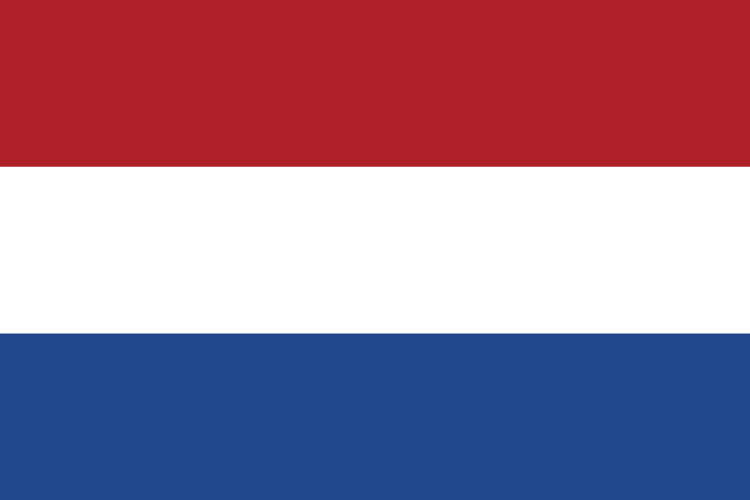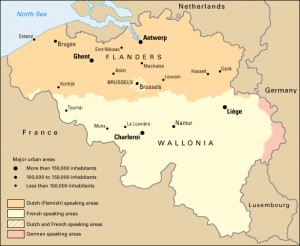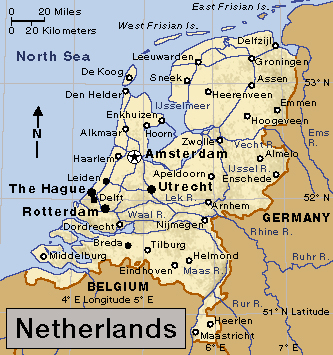Language Monday: Dutch
Monday, August 20th, 2018August 20, 2018
Dutch is the official language of the Netherlands in northwestern Europe. The Netherlands is often called Holland, but this name officially refers only to the western part of the country. Dutch is also the official language of Flanders, the northern region of neighboring Belgium, and Suriname, a small country on the northeast coast of South America. The Netherlands ruled Suriname during most of the period from 1667 until 1975. Additionally, Dutch is an official language on several Caribbean islands that have long been part of the Kingdom of the Netherlands—Aruba, Bonaire, Curaçao, Saba, Saint Eustatius, and the southern part of Saint Martin. Worldwide, some 23 million people speak Dutch as their native tongue. Dutch is one of the 24 official and working languages of the European Union (EU).

The Netherlands flag flies over millions of Dutch speakers in northwestern Europe. Credit: © Loveshop/Shutterstock
Dutch belongs to the Indo-European language family—that is, a group of languages descended from a common proto-, or parent, language. Within the Indo-European family, Dutch is categorized as a West Germanic language, along with English and German. Afrikaans, a language of South Africa, is another West Germanic language related to Dutch.
Dutch is one of the easier foreign languages for English speakers to learn. The two languages share the same alphabet, as well as similarities in grammar and vocabulary. However, Dutch can be difficult for English speakers to pronounce. For example, it uses many guttural sounds that come from the back of the throat. And Dutch words can have quite a few consonants. The Dutch word verschrikkelijk, for example, means terrible; the compound word slechtstschrijvend describes the worst-writing of an author; angstschreeuw is a cry of distress. Despite such tongue-tripping obstacles, people have been speaking Dutch for centuries.

Click to view larger image
Dutch is spoken in Belgium’s northern region of Flanders. French is spoken in most other parts of the country. Credit: WORLD BOOK map
Scholars refer to the language as it existed before about 1200 as Old Dutch. Little is known about Old Dutch, because written materials from that time in the Low Countries (Belgium, Luxembourg, and the Netherlands) tend to be in Latin, the language of the Christian church. Middle Dutch describes the language from about 1200 to 1500. Materials written in Dutch from that period are more plentiful. Such documents as business correspondence and contracts show that many local dialects (varieties) of the language were in use.
The printing press in the 1440′s by Johannes Gutenberg of Germany contributed to the spread of a more uniform Dutch language. By the early 1600’s, the Netherlands had declared independence from Spain and shifted away from Roman Catholicism toward Protestantism. The need for a Bible in Dutch rather than Latin led to the creation of the States Bible (Statenbijbel) in 1637. The publication of the States Bible also contributed to standardizing the Dutch language. The publication of Dutch spelling and grammar books and dictionaries further developed standardized modern Dutch. The Dutch Language Union (Nederlandse Taalunie), created in 1980 by the Netherlands and Belgium, serves to regulate the language today. Suriname joined the union in 2004.



